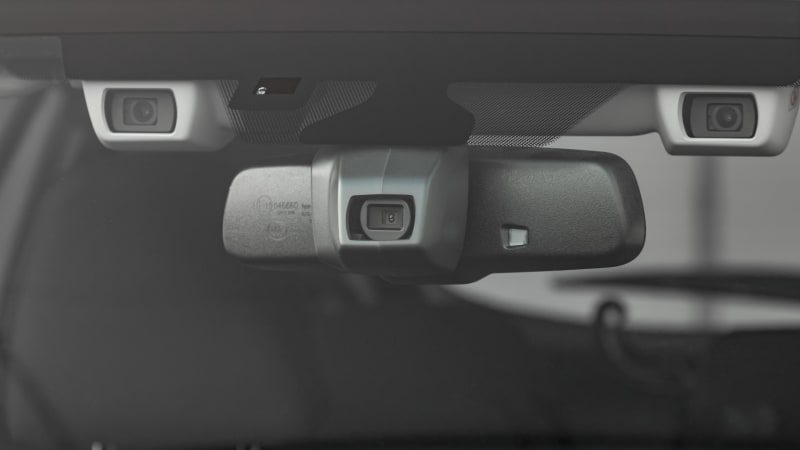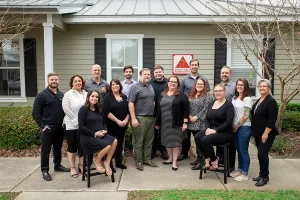FCC votes to expand vehicle, drone radar use

WASHINGTON — The Federal Communications Commission on Thursday voted to expand the use of short-range radar for cars, drones and other operations.
The decision by the U.S. telecommunications regulator will support technologies to detect children left behind in hot cars and driver assistance features like pedestrian detection and lane departure warnings, as well detecting the breathing of premature infants in intensive care units. The decision will also assist drones in construction, emergency rescue and commercial applications, the FCC said.
FCC Chair Jessica Rosenworcel said it is likely the technology will be “used for real-time traffic management that can reduce congestion and increase safety for the vehicles, cyclists, and pedestrians who share our roads.”
The decision will allow the use of higher-powered mobile radar operations as well as seatbelt reminders and air bag deployment controls, automakers said.
The Alliance for Automotive Innovation, an auto industry trade group, had urged the FCC to approve this rule to enable in-cabin safety technologies “including occupant detection technology that can sense the slightest movement of a child and initiate a driver notification that someone was left unattended in the vehicle.”
In 2019, major automakers agreed to equip nearly all U.S. vehicles with systems to remind motorists of passengers in the back seat, by model year 2025, in an effort to avoid deaths of young children left behind in hot cars. The group said the FCC decision would help the industry meet that agreement.
Alliance CEO John Bozzella said the decision will “support the auto industry’s plans to add more life-saving radar technology into vehicles.”

